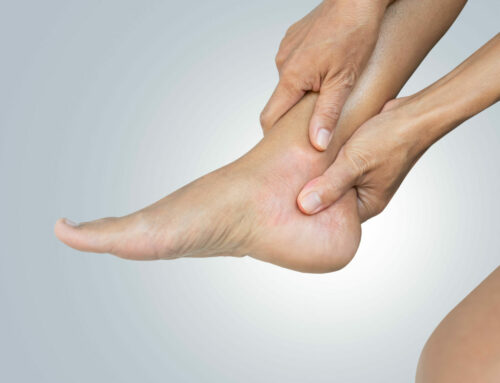Painful wrists can severely limit daily activities for most people. If you think about it, our wrists are involved in pretty much everything we do during an average day. For instance, we use our wrists to type on a computer, use our phones, and do virtually everything else that is required of us on a daily basis. Therefore, wrist pain is extremely debilitating, no matter who you are.
In this article, we will take a look at the wrist and demonstrate a few methods in which chiropractic care can help relieve pain in this region.
The Structure and Function of the Wrist
The wrist is made up of the junction between the two long forearm bones (the radius and ulna) and the wrist bones (known as the carpals). This joint is very intricate and it allows us to complete many different motions and enables us to perform fine finger motions more easily.
Within and across this joint lie many different ligaments, muscles, tendons, and other structures. If any of these structures are damaged or stressed, the patient will generally experience pain with wrist motions.
Common Wrist Conditions Caused by Electronics Use
As was discussed earlier, many wrist issues are due to electronic use, such as typing on a keyboard. In this section, we’ll outline some of the most common, specific wrist conditions one can suffer from due to typing and electronics use.
Carpal Tunnel Syndrome
Carpal Tunnel Syndrome (CTS) is an extremely common issue. Many people suffer from this issue every year. Luckily, CTS can often clear up on its own or with conservative treatment.
This issue develops when the median nerve, one of the major nerves of the hand, is trapped near the wrist. Often, people who type a lot during the day will develop CTS because of improper wrist position and excessive motion of the hand.
Ulnar Nerve Entrapment
Along with the median nerve, the ulnar nerve is one of the major neural structures found in the wrist and hand. This nerve can be entrapped in multiple locations, but it is often restricted in the tunnel of Guyon, near the wrist.
Ulnar nerve entrapment can lead to weak grip, loss of sensation, and tingling in the pinky and ring fingers.
DeQuervain’s Tenosynovitis
Many texters and typers suffer from DeQuervain’s every year. This issue causes pain on the “thumb side” of the wrist. Much like ulnar and median nerve entrapments, conservative measures, such as chiropractic care, work well for this condition.
Chiropractic Care for Wrist Pain
In this section, we’ll review the top three ways that chiropractic care can help with wrist pain.
Chiropractic Effect on Wrist Pain #1: Improved Sensation
Especially when it comes to nerve issues, wrist inflammation, decreased sensation, and pain can be effectively cleared up with chiropractic treatments. By improving the alignment of the spine, your chiropractor can help you regain feeling in your wrist and hand.
Chiropractic Effect on Wrist Pain #2: Better Range of Motion
By adjusting the spine, chiropractors can help patients improve their wrist stiffness. This is due to the fact that the restrictions present in the wrist are often related to, if not caused by, spinal restrictions.
Chiropractic Effect on Wrist Pain #3: Increased Strength
By addressing spinal restrictions, nerve weakness in the wrists and hands is often resolved.
Are you experiencing wrist pain that just won’t go away, no matter what you do? Is it becoming difficult for you to type due to the wrist issue? If these issues are affecting you, you should consider seeking chiropractic care. Our team at At Last Chiropractic, your go-to Lithia, FL chiropractors, are ready to help you live a life free from pain. Book your appointment today!






